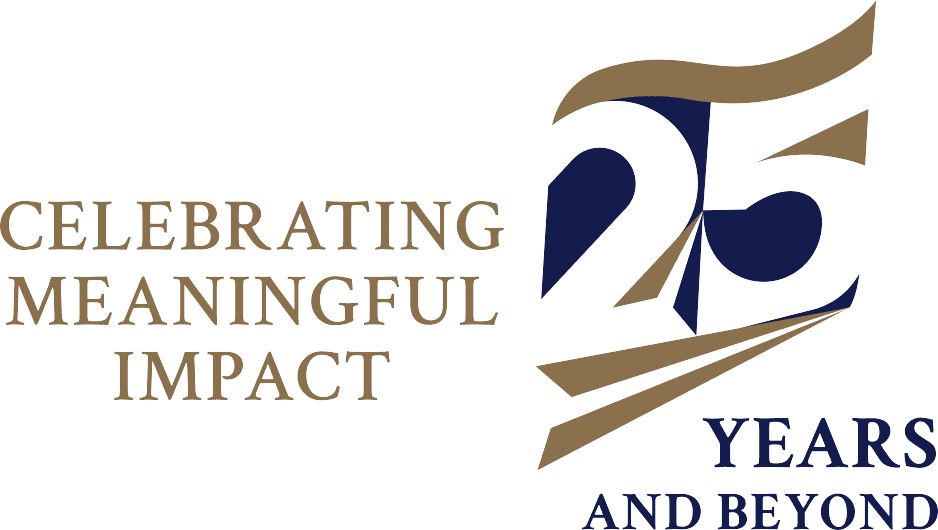Project Information
Most modern industries have purpose-built software to improve work processes. For example, accountants use spreadsheets and designers use Photoshop to assist with their work. Meanwhile, the legal industry still relies on word processors, something that only helps with typing and not much else. The goal of this research project is thus to investigate ways to harvest today’s technologies to improve the legal system by helping legal end-users and the next-generation legal industry think, create, and analyse laws effectively.
This research programme aims to create and design a common language for law. With such a language as a common denominator, the different aspects of law (be it contracts, regulations, or business logic/processes) can then talk to each other, and allow the various actors and participants in law to likewise interact with each other. In computer science, this common language is called a DSL (a domain-specific language). It is a programming language founded on mathematics and rules of logic, and specifically designed to take into account the nuances and intricacies of law.
The creation of a DSL for the legal domain especially designed to capture its semantics and logic is a deep-tech computer science approach to law. The Programme represents a step along the technology-transfer pathway from academic research to commercial impact. At a theoretical level, it is hoped that the DSL will do for the modal calculus what functional languages do for the lambda calculus. Once all legal (and quasi-legal) documents and laws have a common denominator in the form of a DSL, we can apply entire suites of tools, programs, and tests across the board.
The Programme believes that the history of computer science informs the future of legal; it opens up the possibility of applying entire families of CS concepts (such as compilation, dependency management, multilingual programming, linters, code libraries, fuzz testing, unit & integration testing, and even agile development, scrum, and open source software communities of practice) to law. Accompanied by static analysers capable of formal verification, a DSL may thus enable one to prove, to the extent mathematically possible, that the contracts written in the language are correct, consistent, and compliant with legislative, contractual, and business logic/process constraints.
Legislation and regulations benefit from being encoded in the DSL because the rigour of a formal grammar can enforce type safety, prevent ambiguity, and identify edge cases and underspecified scenarios. Drafters also benefit from a modern IDE’s support for syntax highlighting, jump-to-definition, and warnings over undefined terms. The toolsuite also includes transpilation support targeting visualization tools and automated web application generators suitable for integrating with citizen- and business-facing government apps with accelerated service delivery schedules and higher confidence in the faithful representation of source intentions.
The research and development of a DSL for law also investigates the codification of contracts. This research builds upon over 70 years of legal informatics, as expressed in seminal papers like The Representation of Legal Contracts, A Daskalopulu & MJ Sergot (1997); Computable Contracts, Harry Surden (2012); and Towards Machine-Understandable Contracts, Sudhir Agarwal, Kevin Xu, and John Moghtader (2016).
Practical use cases for this technology include the creation of legal expert systems which can help guide laypersons on legal questions, legal change surveillance to flag changes for following up or updating, and pre-emptive rule checking and testing to catch and weed out bugs in related software. Integration with LLM AIs is a natural fit for bulk ingestion of existing legal and contract corpora into the language, and for interactive explanations grounded in rigorous logic.
Industry Partners and Research Collaborations
Since 2024: The Computer-Readable Legislation Project of the States of Jersey's Legislative Drafting Office
L4 Language with Integrated Development Environment extensions (2025) provides an implementation of the L4 language, together with extensions for VS Code; intended to realise the vision previously developed at Jersey's CRLP
Since 2024: Informal co-supervision of student research project at University College London, with Professor Christopher Clack
Since 2023: The CodeX Center for Legal Informatics at Stanford University, Insurance Initiative
Since 2020: Legalese.com, Singapore is the lead industry partner for the Research Programme in Computational Law, with responsibility for commercialising research findings as a venture-funded spin-out
Some collaborations with public and private sector entities both in Singapore and internationally were conducted under confidentiality agreements which prevent disclosure of their identities.

